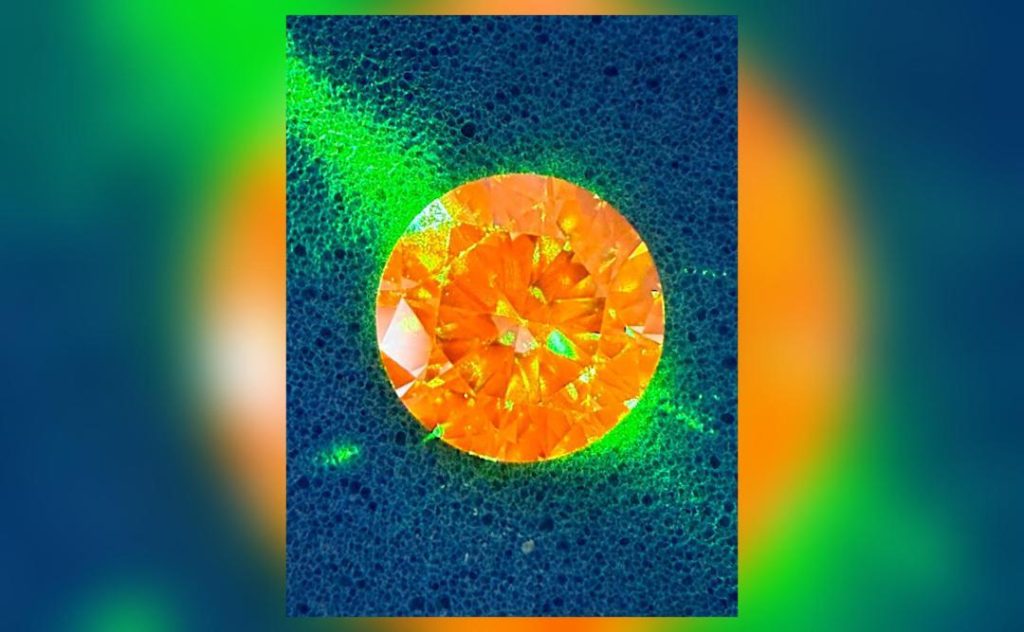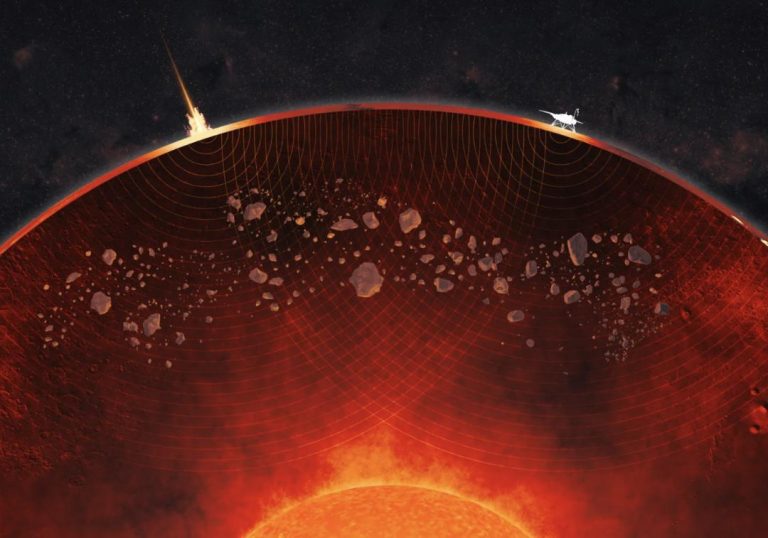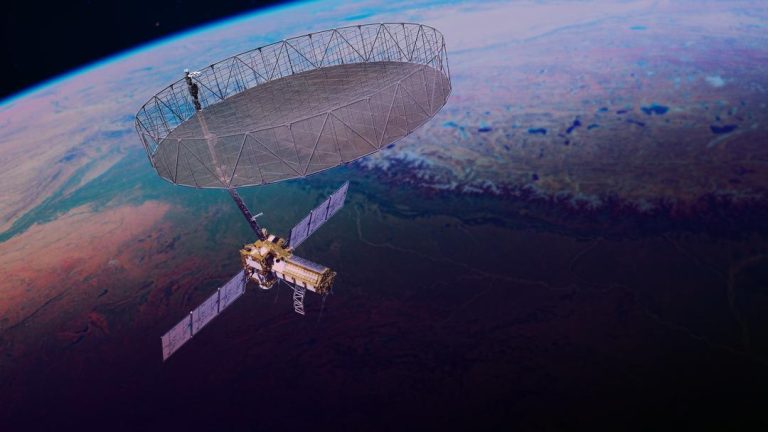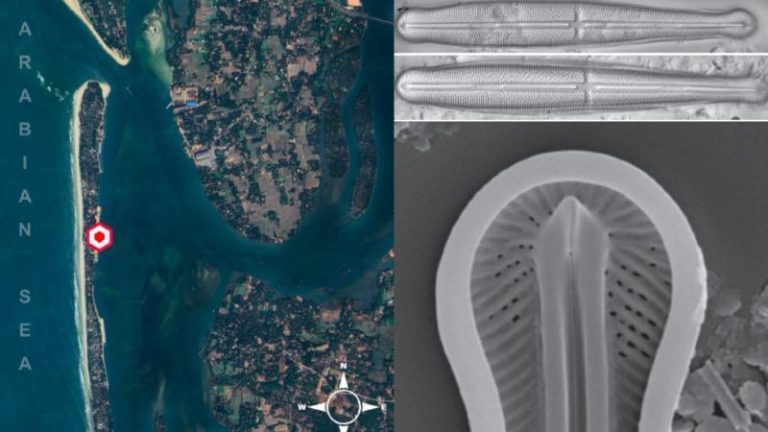
Diamond Sensor to Detect Cancer Tumours Developed
In a breakthrough that could revolutionize cancer diagnosis, scientists at the University of Warwick have created a handheld, non-toxic, and non-radioactive sensor that uses diamond’s unique properties to detect cancer tumours. The innovative device is designed to trace magnetic fluid injected into the body, making it a safer and less invasive alternative to radioactive techniques currently used.
The researchers have built a diamond-based magnetic field sensor that can detect the presence of magnetic fluid in the body, allowing for the precise location of tumours. This technology has the potential to improve the accuracy of cancer diagnosis, particularly in cases of metastasized breast cancer.
The development of this sensor is a significant achievement in the field of cancer diagnosis, as it offers a more patient-friendly and effective alternative to existing methods. Traditional methods of detecting cancer often rely on radioactive substances, which can pose health risks and are not suitable for all patients. In contrast, the diamond-based sensor is non-toxic and non-radioactive, making it a more appealing option for patients.
The sensor works by using diamond’s unique properties to detect the magnetic field generated by the injected magnetic fluid. Diamond is an exceptional material for sensing applications due to its high thermal conductivity, mechanical strength, and chemical inertness. The researchers have leveraged these properties to create a sensor that can accurately detect the magnetic field, allowing for the precise location of tumours.
The development of this sensor is a collaborative effort between the University of Warwick’s Department of Physics and the Warwick Manufacturing Group. The researchers have published their findings in Physical Review Applied, a prestigious scientific journal.
According to the researchers, the sensor has the potential to be used in a variety of applications, including the detection of breast cancer, which is one of the most common types of cancer. Breast cancer can be difficult to diagnose, particularly in its early stages, and current methods of detection often rely on imaging techniques such as mammograms and MRI scans. These techniques can be invasive and may not always detect the presence of cancer.
The diamond-based sensor offers a more accurate and non-invasive alternative to these methods. By injecting magnetic fluid into the body, the sensor can detect the presence of cancer tumours and provide a more accurate diagnosis. This technology has the potential to improve patient outcomes and reduce the risk of false negatives, which can occur with traditional methods of detection.
The development of this sensor is not only significant for cancer diagnosis but also for the advancement of medical technology as a whole. The use of diamond-based sensors has the potential to revolutionize the field of medicine by providing a more accurate and patient-friendly alternative to existing methods.
In conclusion, the development of a diamond-based magnetic field sensor that can detect cancer tumours is a significant breakthrough in the field of cancer diagnosis. This technology offers a safer and less invasive alternative to radioactive techniques currently used and has the potential to improve patient outcomes. The researchers at the University of Warwick are to be commended for their innovative approach to cancer diagnosis, and we can expect to see significant advancements in this field in the years to come.
Source:
https://warwick.ac.uk/news/pressreleases/the_diamonds_that_could_find_cancer






